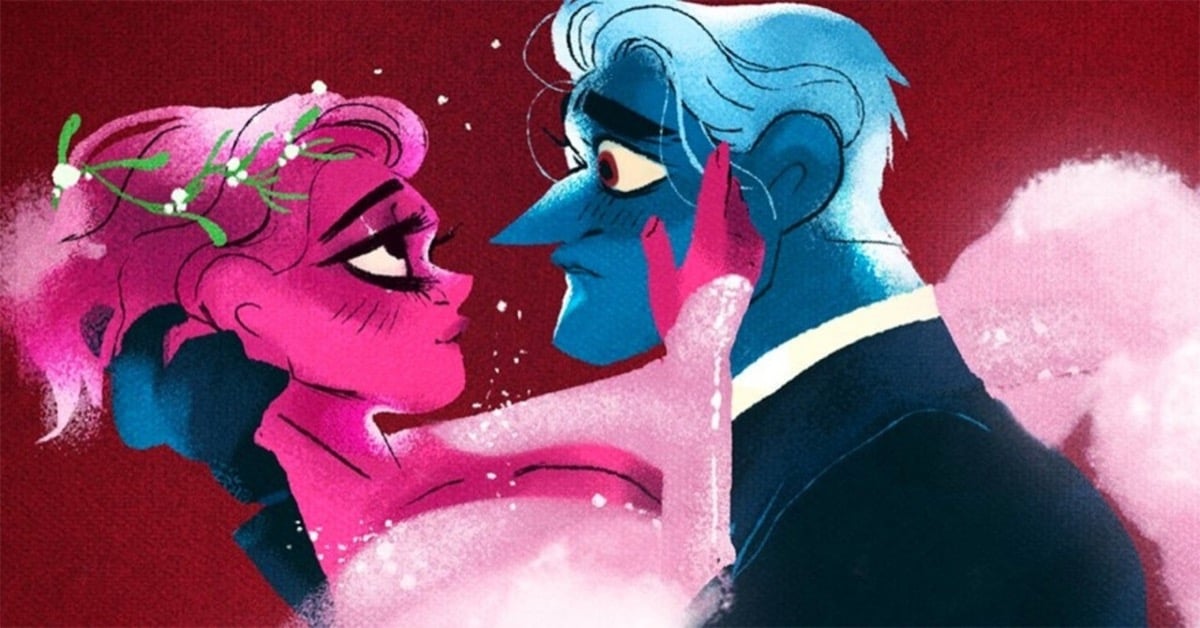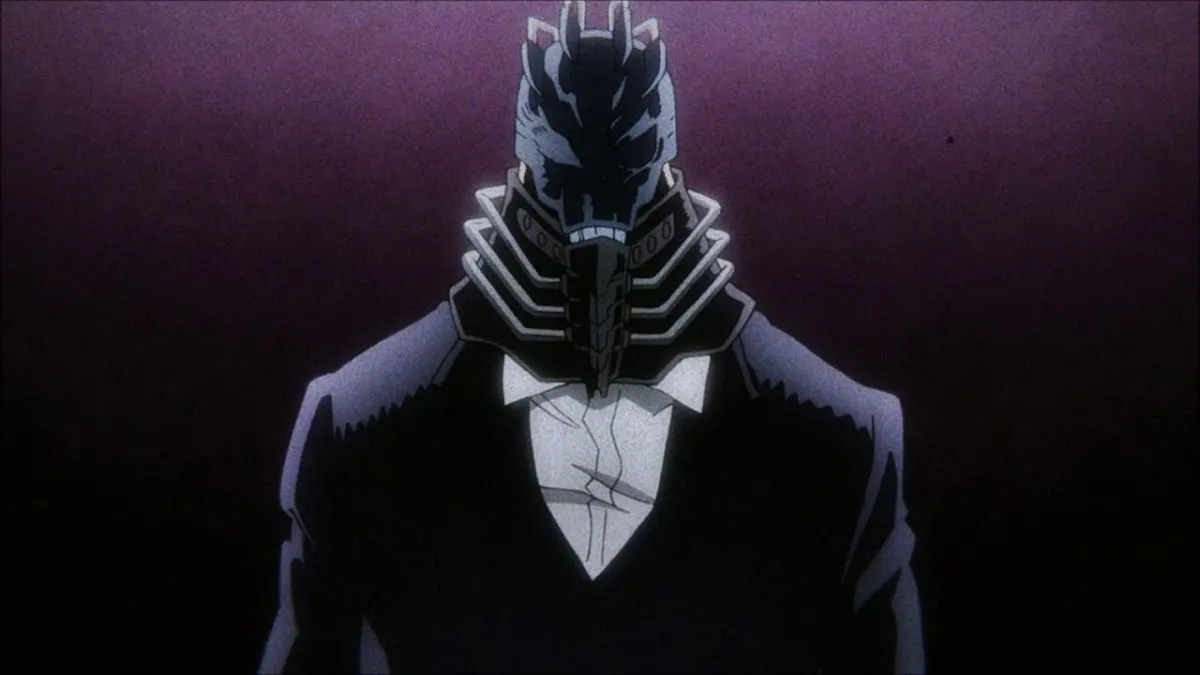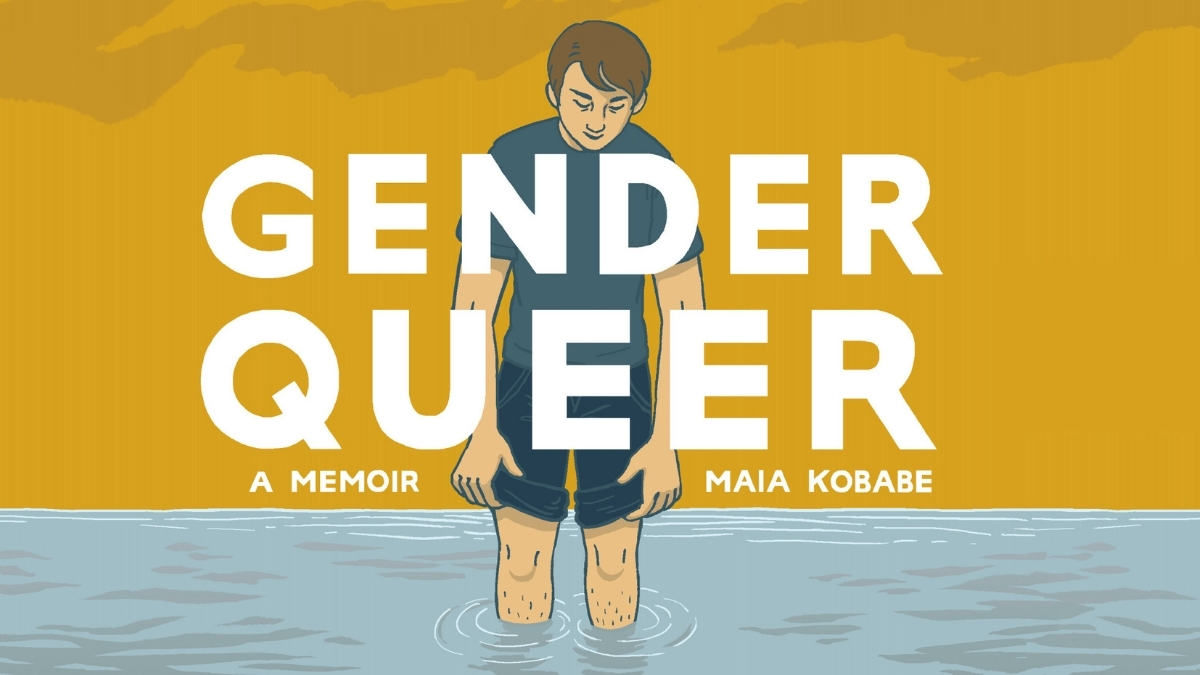[Content Warning: Mention of abuse and assault.]
Trauma is frequently used as a narrative device. In nearly every genre and medium, loss, heartache, mental turmoil, and abuses are the fires that creators use to forge battle-ready and righteous heroes. (Where would Batman be without the tragic loss of his parents?) The opportunity for trauma to transform into personal power is always present in popular stories, but very rarely do these tales account for the process in which that transformation takes place. In her WEBTOON phenomenon comic Lore Olympus, creator Rachel Smythe offers one of the most insightful meditations on abuse, trauma, and reclamation of personal power through her reimagining of one of history’s most famous abduction tales.
Lore Olympus is a contemporary retelling of the famous Greek myth of the abduction of Persephone, Goddess of Spring, by Hades, the God of Death. Lore Olympus began publishing weekly installments in March 2018 on WEBTOON, and the series has rocketed to the fame as the most popular comic on WEBTOON with millions of views, nominations for excellence in comics by the Eisner Awards and Ringo Awards, and a published volume and television series on the horizon. Suffice to say, Lore Olympus has utterly gripped today’s readers.
The popularity of Lore Olympus isn’t surprising once you take in Smythe’s stunning illustrations and character designs. Dear Reader, these gods are smokin’ hot. Steamy stories of longing are always reader favorites, but Lore Olympus offers a beauty that’s more than skin-deep. Smythe tempers the perfection of the Olympians with extremely grounded and relatable characters. The Greek gods and goddesses have always been flawed, but Smythe gives them humanity—especially when it comes to Hades and Persephone.
Let’s not mince words—the original Greek legend of Hades and Persephone is the story of a kidnapping, forced marriage, and all the unpleasantness that entails. Different versions of the myth portray the marriage of Hades and Persephone on a spectrum from horrific and heartbreaking to a more civil resignation. The Sicilian cult beliefs surrounding Demeter and the goddess Kore (another name for Persephone) look to the spring goddess as a symbol of fertility, sexuality, and a woman’s power over her household. Persephone, in this particular belief, reminded married women of the power they held in their homes and over their husbands. Multiple clues in Smythe’s setting and narrative in Lore Olympus point to the Sicilian background of Persephone as the chief informing text for this adaptation.
Nevertheless, it is impossible to discuss the story of Hades and Persephone without also discussing trauma, assault, and abduction, and Smythe handles this deftly and delicately in her work. While her retelling of the myth frames Hades and Persephone’s relationship as a romance, Smythe uses the plethora of problematic material in Greek mythology to reclaim the story of Hades and Persephone and use the pair (and a cast of colorful Olympian characters) to speak directly to issues of trauma and provide healing and closure for her characters and her readers.
As the myth of Hades and Persephone is most classically recognizable as a myth involving sexual assault, that’s the most logical place to begin. One of the most important story threads in the entire comic is the rape of Persephone by the sun god Apollo. In Lore Olympus, Persephone is introduced as a sheltered young woman who is entering college and the great wide world of Olympus after spending her life under the protection of her mother, Demeter. Persephone’s character is kind and trusting, if not a little naïve, and Apollo becomes obsessed with her. His obsession culminates in sexual assault, in which he photographs the encounter without Persephone’s consent and uses that evidence to keep her silent.

This storyline is incredibly difficult to read and has touched many of Lore Olympus’ readers. Through this reimagining of Persephone’s trauma, Smythe seizes upon the opportunity to show how Persephone is able to overcome her assault and reclaim her life and come into her personal power. The comic delicately walks the reader through the highs and lows of Persephone’s recovery, as she grapples with her secret and then chooses not to carry that burden alone and confides in close friends.
At the same time that she is recovering from her assault, she is establishing healthy and respectful boundaries in her relationship with Hades. At the time of this article, the assault is not known to all characters, and that is meaningful in Smythe’s story. Persephone does have direct support from those she trusts most. She also is learning to navigate into safe spaces of consent and trust as a survivor, without the requirement that she must share the details of her trauma with those she’s not ready to reveal it to. There have been many attempts to capture the experience of sexual assault survivors, and few do it with as much compassion as Smythe.
Hades, in his transformation from abducting husband to tender and loving partner, is also no stranger to abuse. In a parallel to Persephone’s naiveté, the character of Hades is marked by a history of trauma that has resulted in major damage. Hades was the victim of parental abuse and abandonment, survived a war, and endured loveless relationships prior to his falling in love with Persephone.
Hades is a natural foil to Persephone’s experience because his trauma has manifested in low self-esteem and the destructive urge to self-soothe by choosing people he thinks will accept him, but who ultimately harm him. Persephone, on the other hand, has not allowed her trauma to manifest in such self-destructive ways, but she struggles to keep up the brave face.
Together, Hades and Persephone bring their experiences into one holistic view on recovery. Hades must learn to prioritize his needs and break free from the cycles of abuse that have bookmarked his life. He learns to do this by accepting the genuine love and kindness that Persephone shows him. Persephone must rely on the wisdom of Hades’ lived experience and allow herself to lean on him, even when she wishes she could face recovery on her own.
The relationship of Hades and Persephone, in Lore Olympus, is built on gentleness, mutual respect, consent, and permission from one another to allow space for growth and healing. It is most notable that their arc and recovery is not a straight and perfect line. Part of Smythe’s mastery in touching these sensitive topics is that all of her characters experience setbacks.
Hades still grapples with his sense of self. Persephone copes with her trauma in unhealthy ways. Lovers cheat, friends backstab, and trust is broken. The entire cast of Lore Olympus characters portrays the full spectrum of mental health matters large and small. It’s what gives Lore Olympus its near-universal appeal.
Greek mythology has managed to capture our imagination since the earliest days of humanity. The world of the Olympians has always provided insight into the questions that we don’t have the answers to and offered counsel and warnings to those that hear the stories. Lore Olympus is right in step with that tradition, but with the broadened perspective of the moment at the forefront. Smythe has set out to right the wrongs of the ancient narrative and offers audiences the hope that comes with the reclamation of a story like Hades and Persephone’s. Vibrant life can grow out of the depths of darkness. From our darkest moments, we can grow into something more beautiful and powerful.
(images: Rachel Smythe/WEBTOON)
Want more stories like this? Become a subscriber and support the site!
—The Mary Sue has a strict comment policy that forbids, but is not limited to, personal insults toward anyone, hate speech, and trolling.—









